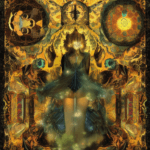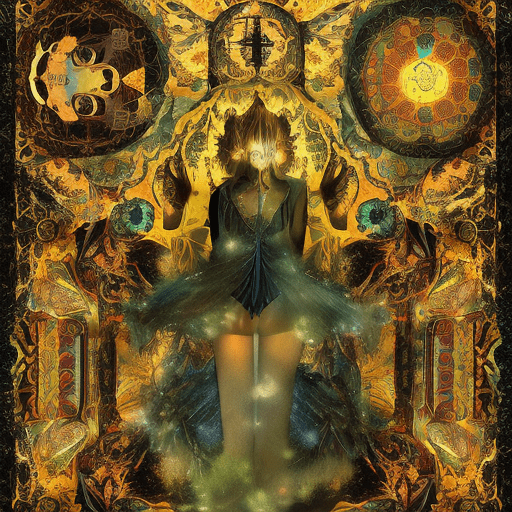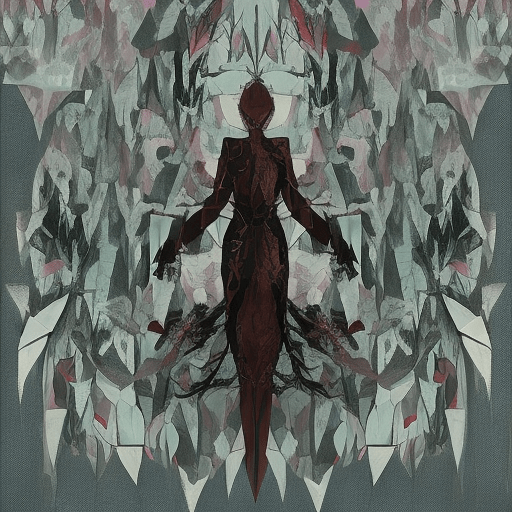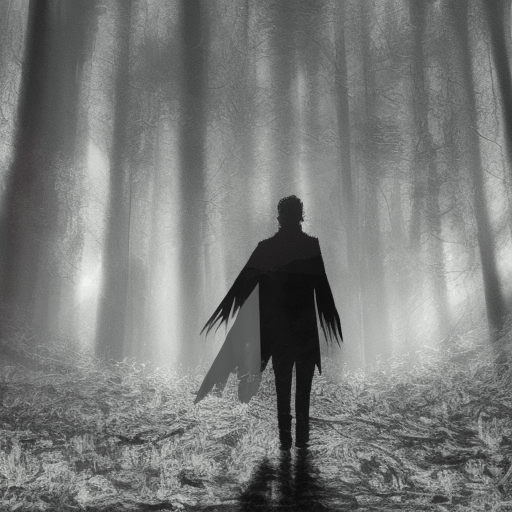Summary of ‘Meshes of the Afternoon’ by Maya Deren
One-line summary: ‘Meshes of the Afternoon’ is a surreal and haunting experimental film that explores the subconscious mind of a woman through a series of dreamlike sequences.
Main Cast and Crew:
- Director: Maya Deren
- Writer(s): Maya Deren, Alexander Hammid
- Key Actors: Maya Deren (The Woman), Alexander Hammid (The Man)
- Music Director: Teiji Ito
- Director of Photography: Alexander Hammid
- Producers: Maya Deren, Alexander Hammid
Plot:
‘Meshes of the Afternoon’ follows a woman’s journey through a series of surreal and symbolic dream sequences. The film begins with the woman returning to her house, where she finds a key on the ground. As she enters the house, she encounters various versions of herself, creating a sense of disorientation and confusion. Throughout the film, she encounters a mysterious figure, referred to as “The Man,” who appears to be both a lover and a threat.
The film is filled with recurring motifs, such as a shattered mirror, a flower, a knife, and a telephone. These objects take on symbolic meanings, representing the woman’s fears, desires, and anxieties. The narrative is non-linear, with scenes repeating and overlapping, blurring the boundaries between reality and the subconscious.
As the film progresses, the woman’s journey becomes increasingly nightmarish. She is pursued by a hooded figure, falls down a flight of stairs, and witnesses her own death. These events further blur the line between reality and fantasy, leaving the audience questioning what is real and what is a figment of the woman’s imagination.
Themes and Motifs:
‘Meshes of the Afternoon’ explores themes of identity, duality, and the subconscious mind. The film delves into the innermost thoughts and fears of the woman, presenting a fragmented and distorted reality. The use of mirrors and reflections symbolizes the fractured nature of the self, while the repetition of certain objects highlights the cyclical nature of existence.
The film also touches upon themes of gender and power dynamics. The woman’s encounters with “The Man” depict a complex relationship, oscillating between desire and control. The film challenges traditional gender roles and explores the ways in which power dynamics can shape our perception of reality.
Reception and Legacy:
‘Meshes of the Afternoon’ was released in 1943 and received critical acclaim for its innovative and experimental approach to filmmaking. It was praised for its dreamlike atmosphere, striking visuals, and psychological depth. The film went on to influence numerous filmmakers and became a cornerstone of the avant-garde and surrealist movements.
The film’s impact on cinema is undeniable, as it paved the way for future experimental filmmakers and challenged traditional narrative structures. ‘Meshes of the Afternoon’ has been recognized as a groundbreaking work of art and continues to be studied and analyzed in film schools around the world.
Recommendation:
‘Meshes of the Afternoon’ is a must-watch for cinephiles interested in experimental and avant-garde cinema. Its surreal imagery and thought-provoking narrative make for a captivating viewing experience. However, it may not be suitable for those seeking a conventional plot or linear storytelling.
Memorable Quote:
“In the mirror, I see myself. I see the room. In the mirror, I see you. I see myself.”












